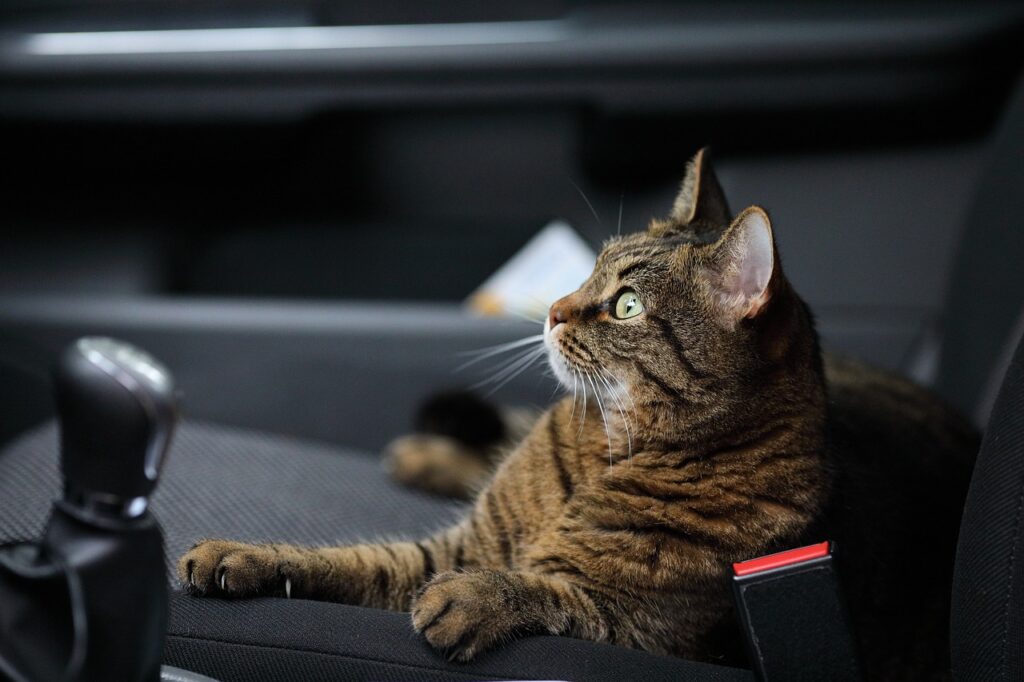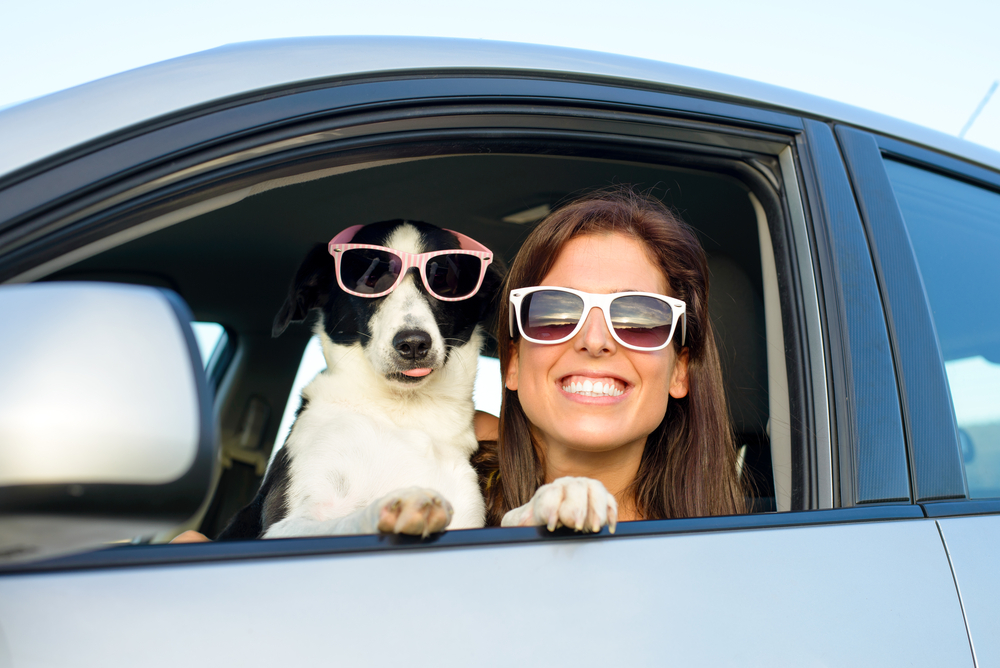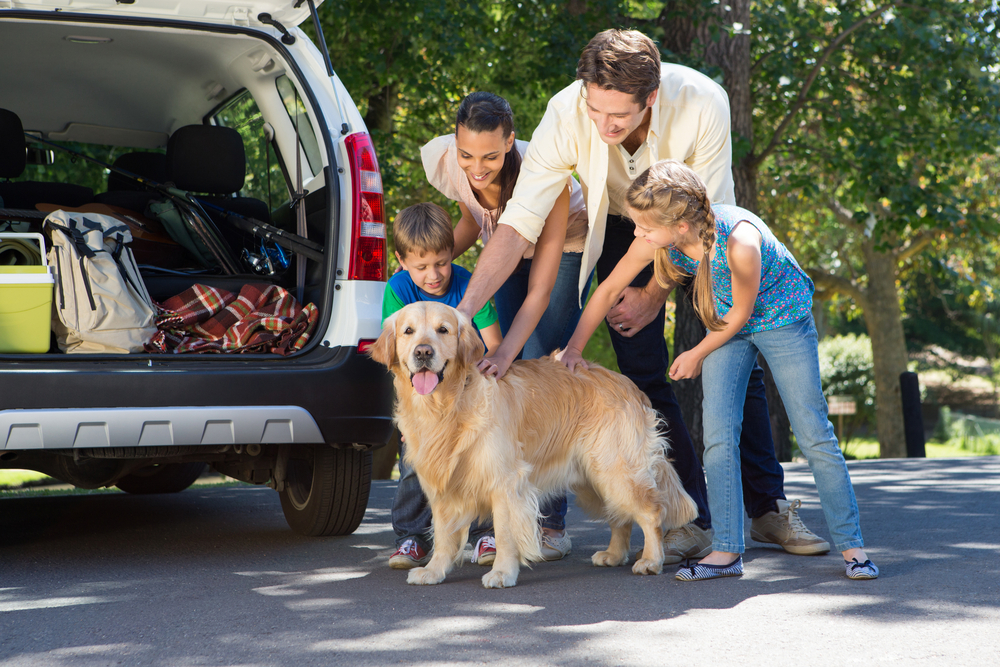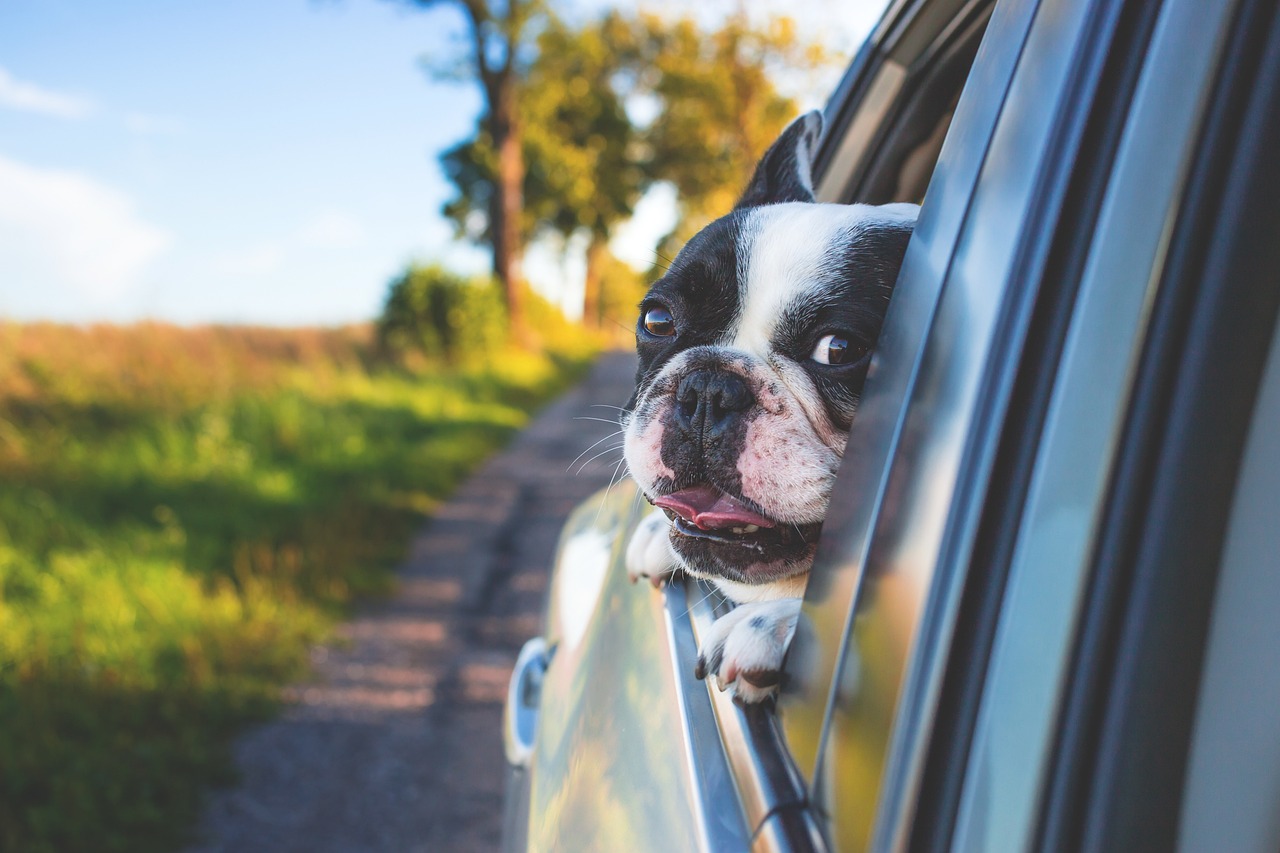Picture this: the wind in your hair, the open road stretching ahead, and your loyal four-legged companion by your side, tail wagging with excitement. If you’ve ever dreamed of embarking on a road trip with your pet, you’re in for an exciting journey filled with laughter, bonding, and shared exploration.
Whether you’re planning a weekend getaway or a longer escapade, road tripping with your pet can create lasting memories and strengthen your special bond.
However, before you hit the road, there are a few essential things to consider to ensure a safe, smooth, and enjoyable adventure when traveling with your pets.

Choosing Pet-Friendly Destinations
Imagine waking up to the gentle rustling of leaves in a pet-welcoming cabin nestled in the heart of a tranquil forest. Or perhaps picture your pet frolicking along the sandy shores of a dog-friendly beach, their tail wagging in pure delight. When it comes to planning a road trip with your beloved pet, the destination holds the key to an unforgettable experience. Before you embark on this exciting adventure, take the time to research and select destinations that not only embrace your wanderlust but also cater to your furry companion’s needs.
In recent years, the travel industry has witnessed a heartwarming shift towards pet inclusivity, with more accommodations, parks, and attractions than ever before welcoming our four-legged friends with open arms. Whether you’re planning a cozy weekend getaway, an exploration of scenic trails, or a city-hopping escapade, it’s a golden era for pet-friendly travel. Picture charming bed and breakfasts that pamper pets as much as their human guests or idyllic campgrounds where dogs can run free and make new friends.
As you map out your road trip route, dedicate time to pinpointing pet-friendly establishments and locations along the way. Thanks to the growing demand for pet-welcoming spaces, you’ll find a myriad of options that suit your travel style, whether you’re a nature enthusiast seeking hiking trails or a culture buff interested in exploring pet-friendly museums and attractions. From boutique hotels with designated pet areas to vacation rentals equipped with pet-friendly amenities, the choices are boundless.
Remember, a successful pet-friendly road trip hinges on thorough planning. Research accommodations that offer pet-friendly rooms and inquire about their specific pet policies. Seek out local parks and recreational areas where your pet can stretch their legs and revel in the great outdoors. When browsing potential attractions, look for those that welcome pets, creating opportunities for you and your furry friend to explore and make memories together.

Prioritizing Pre-Trip Veterinary Care
Before the wheels start turning and the adventure begins, there’s an important checkpoint to make on the road to a successful pet-friendly journey: a visit to your trusted veterinarian. Just as you would take care of your own health before embarking on a trip, your furry companion deserves the same attention to ensure a safe and enjoyable experience.
Think of this pre-trip veterinary visit as your pet’s version of a wellness checkup. It’s a chance to ensure that your pet is in tip-top shape for the journey ahead. Start by scheduling an appointment with your veterinarian, allowing ample time for any necessary vaccinations, health assessments, and discussions about your pet’s specific needs during travel.
The pre-trip visit serves multiple crucial purposes. First and foremost, it ensures that your pet is up-to-date on vaccinations, protecting them from potential illnesses they might encounter during the journey. Additionally, your veterinarian can provide you with a health certificate, a valuable document that confirms your pet’s overall health and fitness for travel. This certificate can be particularly useful if you’re crossing state lines or if certain accommodations require proof of your pet’s health status.
The veterinary visit is also a golden opportunity to discuss any travel-related concerns you might have. From addressing motion sickness to exploring ways to manage stress and anxiety, your veterinarian’s insights can be invaluable in making the journey comfortable for your pet. If your pet is on any medications, make sure you have an ample supply for the trip, along with clear instructions on administration.
Microchipping is another aspect to consider during this visit. While we all hope for the best, accidents can happen, and pets can become separated from their owners. Microchipping is a simple procedure that can greatly increase the chances of being reunited with your pet should they go missing during the trip. If your pet is already microchipped, verify that the contact information associated with the chip is up-to-date.

Getting Your Pet Acquainted with Car Travel
Have you ever noticed how your pet’s ears perk up when you jingle the car keys? They might be onto something exciting! But before you turn the ignition and embark on your road trip adventure, it’s important to ensure that your pet is comfortable with the idea of car travel. Just like humans, pets can have varying levels of comfort when it comes to being on the move. Taking the time to familiarize them with car rides can make the journey ahead smoother and more enjoyable for everyone involved.
Think of car travel as a new experience for your pet, much like meeting a new friend or exploring an unfamiliar place. Some pets take to it like ducks to water, while others may need a little extra time to adjust. To help your pet become more comfortable with car rides, it’s a good idea to start small and gradually build up their confidence.
Begin by introducing your pet to the car in a positive and gentle manner. Open the car doors and let them explore the interior while the engine is off. Leave treats, toys, or their favorite blanket inside to create positive associations. Once your pet seems at ease with being in the car while it’s stationary, you can move on to the next step.
Short trial rides are the next progression. Take your pet for a spin around the block or to a nearby park. Keep these initial rides brief and gradually extend the duration as your pet becomes more comfortable. Pay close attention to their body language and behavior during these rides. Some pets may exhibit signs of anxiety, like panting, pacing, or whining. If your pet seems uneasy, take a step back and continue with shorter rides until they feel more secure.
Addressing any motion sickness concerns is also important. Just like some humans, pets can experience nausea while in a moving vehicle. If your pet tends to get queasy, consult your veterinarian for advice on how to manage motion sickness. They may recommend specific medications or strategies to help alleviate discomfort.
Consistency and positive reinforcement are key to helping your pet become a seasoned traveler. Shower them with praise, treats, and pets for calm behavior during and after car rides. Over time, your pet will associate car travel with positivity, making the entire road trip experience much more enjoyable for both of you.



